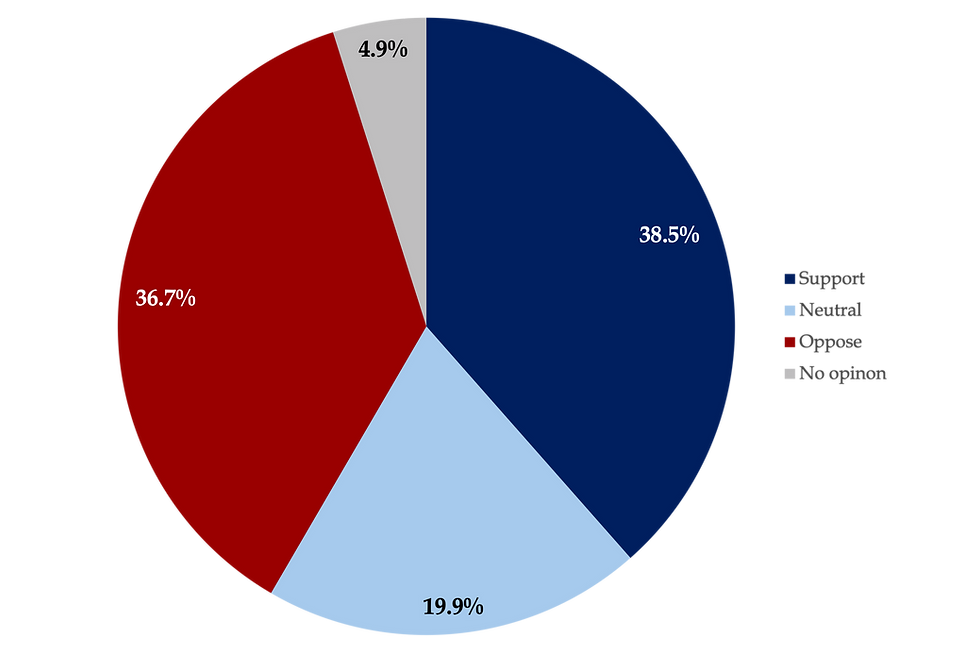Left Hands on Maze Walls
- Edouard Lyndt

- Nov 29, 2023
- 3 min read
Updated: Dec 4, 2023
The Harbus team explores a simple strategy for solving a standard maze.
As fall draws itself to a dramatic close, and the autumn foliage is replaced by chilling winds and morning frost, I reflect on the blurry series of months that have passed me by since I matriculated in August. As a non-U.S. citizen, the season came with an abundance of cultural learning and initiation—from pumpkin-spice lattes and apple picking, to friendsgiving dinners and the timeless tradition of losing oneself in a corn maze. While I have never personally experienced a corn maze (and admittedly have little interest in doing so), the thought of wandering through one did get me thinking—how would one go about solving a maze?
As it turns out, one of the most effective strategies for solving a maze is stunningly simple. As you enter the maze, select one of your hands, and keep said hand in contact with the wall of the maze—using it to guide your path as you navigate your way through. While this may not be the most efficient way of navigating a maze (i.e. you are not necessarily minimizing the length of your path through the maze), this strategy stands out for its relative simplicity and reliability versus other strategies requiring more computational and cognitive labor.
The reason why this approach works for the majority of mazes you will encounter, is that in any given maze there are two types of walls—those which are connected to the outermost walls of the maze, and those which are not. By placing your hand on a wall of the maze immediately as you enter, you are in essence forcing yourself to track the object defined by the set of walls connected to the outside of the maze, and in doing so, ensuring that you will eventually walk the entire length of this object and arrive at the maze’s exit (which is definitionally situated on the outside wall).
While this notion is interesting in-and-of-itself, it may not be particularly useful or relevant for the humble students of small liberal arts schools in Cambridge who likely comprise the majority of our readership. Or so I thought until an off-hand conversation with my section-mate, and veritable section-dad Jules Godino (MBA ’25) about this very topic. While I no longer recall verbatim what was said during our discussion, he essentially drew a parallel between life and a maze, and used this strategy as a metaphor for navigating life. That is, pick a path and doggedly follow it, trusting that it will eventually lead you to your destination.
As we enter the festive season, and find time to reflect on what exactly it is that we are trying to accomplish here at Harvard Business School, let us not forget to remind ourselves of the paths we have each respectively chosen. Not the ones we wrote about in our application essays, but the ones that represent what we really value in life. Let us remind ourselves to stay true to our paths—to keep our left hands on the maze wall.

Edouard Lyndt (MBA ’25) is from Australia. An example of someone who took the ‘jack-of-all-trades’ thing too far, he has explored a range of career paths spanning M&A, strategy, product management, and even (very briefly) professional fighting. Outside of work, he enjoys reading, cooking, and exercise.




Comments